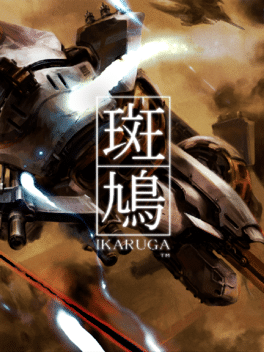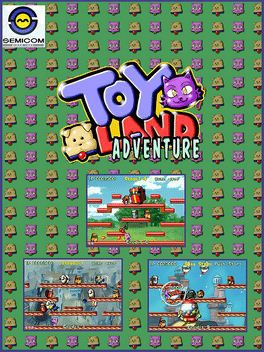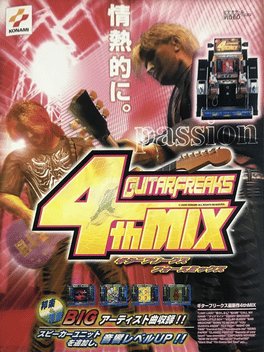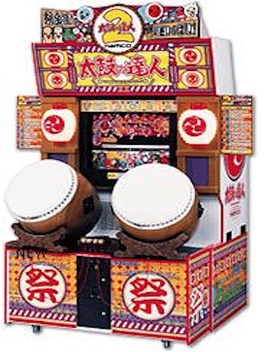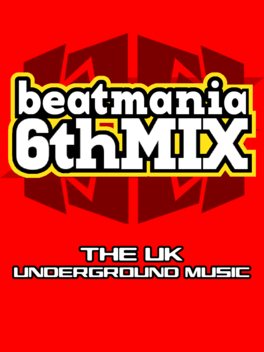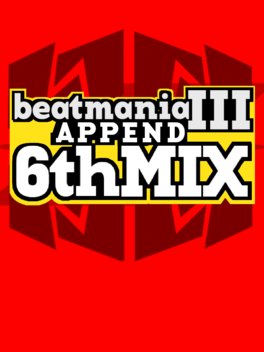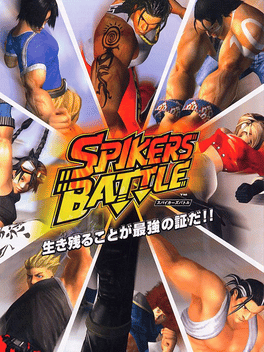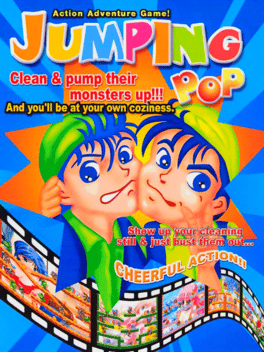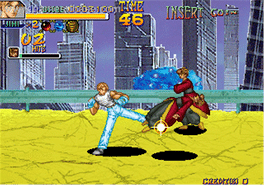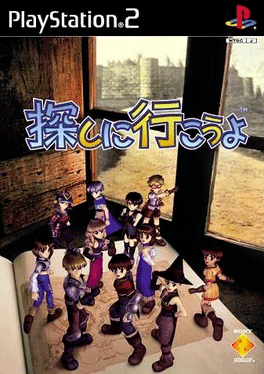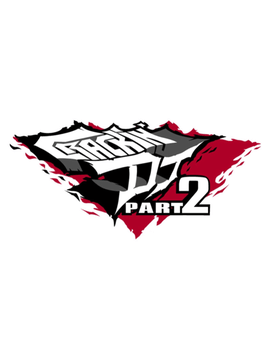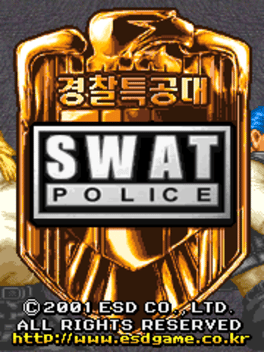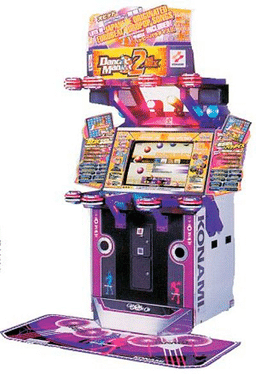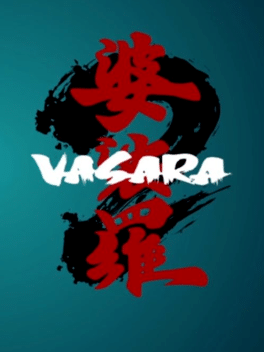New Arcade Games - Page 40
-
Ikaruga
2001
Ikaruga
2001
star 8.8In this vertical scrolling spaceship shooter, you control a ship that can change its polarity at will. As blue/white, the ship can easily destroy red/black enemies, and vice versa. Bullets of your polarity can be collected to fuel your energy gauge, but those opposite will kill you. Destroying an enemy ship causes them to fire revenge bullets which can be absorbed and fired back by the player. Different difficulties exist to change exactly how you interact with polarized points, or how they appear. It is the spiritual successor to Radiant Silvergun, featuring similar level and boss design, as well as it's buddhism inspired themes and aesthetics. Both are directed by Hiroshi Iuchi, who also composed Ikaruga's soundtrack. -
Jurassic Park III
2001
-
Toy Land Adventure
2001
Toy Land Adventure
2001
Toy Land Adventure is an Arcade Video game published by SemiCom in 2001. Mr. Monitor who lives in a peaceful 'TOY LAND' became a devil monitor because of some trouble. In this case, the self-important cat & dog toys talk big to disconnect a electric power of a devil monitor to correct this way with a strong attack to Mr. Monitor's weak followers... This is a 'Stage Action Game'. There are 6 world and 54 stages. If you made a consecutive explosion with a attack to a inflated enemy, you can clear very easily. -
GuitarFreaks 4thMix
2001
-
Taiko no Tatsujin 2
2001
Taiko no Tatsujin 2
2001
A sequel to the original Taiko no Tatsujin Arcade game, featuring 13 new songs and new difficulty settings. -
Beatmania 6thMix: The UK Underground Music
2001
beatmania 6thMIX is a rhythm game developed by Konami. It is the eleventh game in the beatmania series and is part of the BEMANI franchise. The game is played with a controller with one turn table and 5 keys, three white and two black. On the screen you will see bars moving from the top to bottom in columns representing each of the keys and the turntable. When the bars reach the judgement line it is time to scratch. The ANOTHER difficulty has been renamed to MANIAC. HARD mode is no longer a separate mode, but a selection on the song selection screen.Song titles in the selection screen is now colored due to diffuculty, NORMAL is yellow, HARD is red, MANIAC is green. EXPERT+ mode is introduced, featuring extra hard courses. FREE mode introduced, allowing players a free selection of the music regardless of difficulty. A session is limit to 3 stages instead of NORMAL mode's 4 stages. The modifiers selection is now also available in NORMAL and FREE mode, not only in EVENT mode as in CORE REMIX. As with other trilogy -
Beatmania III: Append 6thMix
2001
Beatmania III: Append 6thMix is a rhythm game developed by Konami. It is the third game in the beatmania III series, a spin-off of the beatmania series. It is part of the BEMANI franchise. The game is played with a controller with one turn table, one foot pedal and 5 keys, three white and two black. On the screen you will see bars moving from the top to bottom in columns representing each of the keys, foot pedal and the turntable. When the bars reach the judgement line it is time to scratch. First beatmania III game to include LONG version of songs. It is the final beatmania III version with INTERNET RANKING. As with its beatmania conterpart, the SEPARATE playframe was added, giving black keys their own lane. Game modifiers can be accessed from the song selection screen. As the name entails, the game focuses on bringing over the songs from beatmania 6thMIX, all 27 new songs from that version were added. Additionally 3 LONG versions of songs was added. 159 old songs return from the previous entry. The total numbe -
Golgo-13 3 - Juusei no Chinkonka
2001
The third installment to the arcade lightgun adaptation series of Golgo 13 Eighting/Raizing and published by Namco. Players take on the role of Duke Togo codenamed Golgo 13 in a series of assignments based on the first two installments alongside completely new ones exclusive to the third game. -
Spikers Battle
2001
Spikers Battle
2001
An arcade brawler, a versus focused spin-off of Spikeout, developed by Amusement Vision and released by SEGA in Japan in 2001. -
Monkey Ball
2001
Monkey Ball
2001
Monkey Ball is a 2001 platform/party video game developed by Amusement Vision and published by Sega. The game debuted in Japan at the 2001 Amusement Operators Union trade show as Monkey Ball, an arcade cabinet running on Sega's NAOMI hardware and controlled with a distinctive banana-shaped analog stick. -
Jumping Pop
2001
Jumping Pop
2001
Jumping Pop is a 2D arcade platform game with colorful graphics. Player is a monster hunter with a special, powerful vacuum cleaner - he needs to catch enemies (mummies, skeletons, cavemen, etc.) He can use a captured enemy as a missile to kill other opponents. After killing all the enemies the player goes to the next level. -
Thunder Heroes
2001
-
Mangchi
2001
Mangchi
2001
Another clone, this one is based on the obscure SNES puzzler Darma Dojo (often transcribed as Daruma Dojo). Blocks haveto be punched out of the screen until three of the same color are assembled in the lower boxes, lest they are brought back into the field from below. Sounds trivial, but the time limit gets brutal fast. -
Mahjong Hot Gimmick Integral
2001
A remixed version of the first four Taisen Hot Gimmick games, featuring scenes from all four strip mahjong games. Later received an enhanced version for Taito Type X hardware in 2005 as "Taisen Hot Gimmick Mix Party". -
Crackin' DJ Part 2
2001
-
DoDonPachi II
2001
-
Swat Police
2001
-
Dance ManiaX 2nd MIX
2001
Dance ManiaX 2nd MIX
2001
Dance ManiaX 2nd MIX is the second installment in Konami's Dance ManiaX Installment. -
Wild Riders
2001
Wild Riders
2001
Wild Riders is a cel-shaded bike racing game released for Sega NAOMI 2 arcade hardware in 2001. You pick from one of two characters Keith Raven or Trish Moon as they make their great escape from the police, racing through the streets of comic city as they simultaneously weave through traffic and avoid the cops. -
Vasara 2
2001
